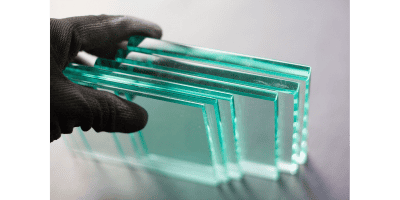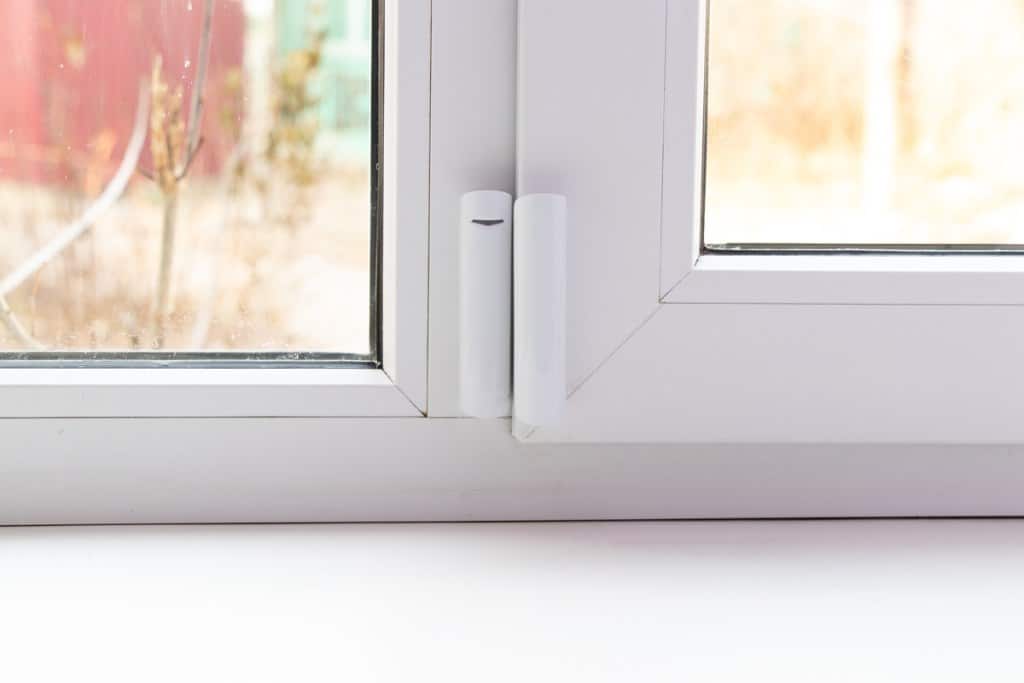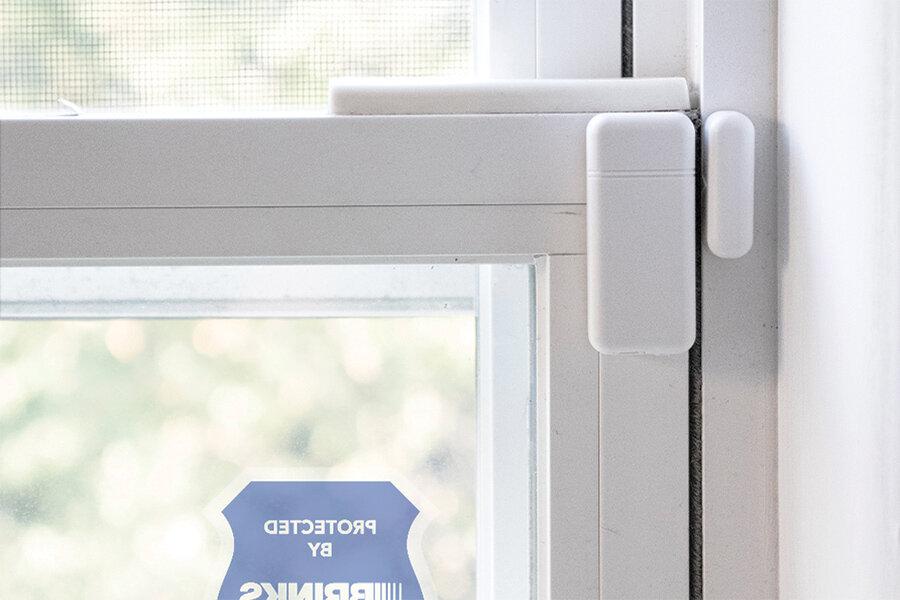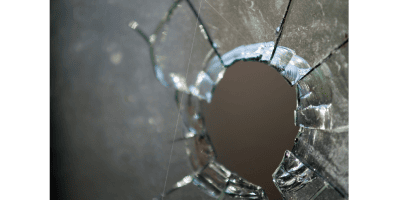Do different types of glass effect how my security system works? Have you ever wondered why some alarms go off when a gust of wind rattles the windows, while others seem impervious to such disturbances? Yes, it turns out that the type of glass in your windows plays a role in the effectiveness of your security system. We will discuss the specific characteristics of different glass types and talk about how they can either enhance or hinder the performance of security sensors. By the end of this article, you will have a better understanding of the relationship between window glass and security systems.

 The thickness of window glass can also have an impact on the performance of security system sensors.
The thickness of window glass can also have an impact on the performance of security system sensors.
Types of Window Glass
When it comes to window glass, there are several types to choose from, each with its own unique characteristics. Understanding these different types can help you make an informed decision about which one is best suited for your needs.Single-Pane Glass
Single-pane glass is the most basic type of window glass and is commonly found in older homes or buildings. It consists of a single layer of glass without any additional coatings or treatments. While single-pane glass is the least expensive option, it does have some drawbacks, especially when it comes to security system sensors.Double-Pane Glass
Double-pane glass, also known as insulated glass, is made up of two layers of glass with a small gap in between. This gap is commonly filled with insulating gas to provide additional thermal insulation. Double-pane glass is more energy efficient than single-pane glass and can help reduce noise transmission. However, the presence of this gap can have an impact on security system sensors.Laminated Glass
Laminated glass is made by sandwiching a layer of polyvinyl butyral (PVB) between two layers of glass. This PVB layer acts as a binding agent, holding the glass together when it breaks. Laminated glass is highly durable and provides additional security and safety benefits. However, the presence of the PVB layer can affect the performance of security system sensors.Tempered Glass
Tempered glass is a type of safety glass that has been treated with heat or chemicals to increase its strength. It is designed to break into small, rounded pieces when shattered, reducing the risk of injury. Tempered glass is commonly used in areas where safety is a concern, such as glass doors or shower enclosures. However, the tempering process can impact the effectiveness of security system sensors.Low-E Glass
Low-E (low emissivity) glass is coated with a thin, transparent layer of metallic oxide that reflects heat while allowing light to pass through. This coating helps to reduce heat loss during the winter and minimize heat gain during the summer. Low-E glass can improve energy efficiency and enhance indoor comfort. However, the presence of the coating can interfere with the performance of security system sensors.Security System Sensors
To understand the impact of different types of window glass on security system sensors, it is important to first understand the different types of sensors commonly used in security systems.Motion Sensors
Motion sensors are designed to detect movement within a designated area. They can be used both indoors and outdoors and are an integral part of many security systems. When an intruder is detected, motion sensors send a signal to the control panel, alerting homeowners or authorities of potential threats.Glass Break Sensors
Glass break sensors are specifically designed to detect the sound frequencies associated with breaking glass. These sensors can be placed near windows or glass doors and are triggered when the characteristic sound of breaking glass is detected. Glass break sensors play a crucial role in detecting unauthorized entry through windows.Magnetic Contacts
Magnetic contacts, also known as door/window contacts, consist of two parts – a magnet and a sensor. The sensor is typically placed on the window frame or door, while the magnet is placed on the moving part. When the window or door is closed, the magnet and sensor are in close proximity, completing an electrical circuit. If the window or door is opened when the security system is armed, the circuit is broken, triggering an alarm. Aligned and installed properly, the function of magnetic contact sensors will not be impaired, no matter what typeof glass the window or door is constructed with. So, for the remainder of this discussion, the magnetic contact category of security system sensors will be omitted.Impact of Single-Pane Glass on Security System Sensors
Motion Sensors
Single-pane glass does not have a significant impact on the performance of motion sensors. However, it is important to consider other factors such as the location and positioning of the sensors. Placing motion sensors in areas with clear lines of sight, away from obstructions, can help ensure accurate detection.Glass Break Sensors
Single-pane glass can impact the effectiveness of glass break sensors. The thinness and lack of insulation in single-pane glass can make it less likely to produce the characteristic sound frequencies associated with breaking glass. This could result in glass break sensors being less sensitive or potentially failing to detect intrusions.Impact of Double-Pane Glass on Security System Sensors
Motion Sensors
Double-pane glass can have an impact on the performance of motion sensors due to the insulating gap between the glass layers. This gap can interfere with the detection of movement and may cause false alarms or missed detections. Careful placement and adjustment of motion sensors can help mitigate these issues.Glass Break Sensors
The insulating gap in double-pane glass can also affect the performance of glass break sensors. The reduced sound transmission through the gap may make it more difficult for the sensors to detect breaking glass accurately. Adjusting the sensitivity settings of the sensors and placing them closer to the glass can help improve their performance.Impact of Laminated Glass on Security System Sensors
Motion Sensors
Laminated glass does not have a significant impact on the performance of motion sensors. The presence of the PVB layer does not interfere with the detection of movement, allowing motion sensors to function effectively.Glass Break Sensors
Laminated glass can affect the performance of glass break sensors, but to a lesser extent than other types of glass. The PVB layer can dampen the sound frequencies associated with breaking glass, requiring sensors to be adjusted for optimal performance.Impact of Tempered Glass on Security System Sensors

Motion Sensors
Tempered glass does not have a significant impact on the performance of motion sensors. The strengthening process does not affect the detection of movement, allowing motion sensors to work effectively.Glass Break Sensors
Tempered glass can have an impact on the performance of glass break sensors due to its fragmentation pattern. When tempered glass shatters, it breaks into small, rounded pieces rather than sharp shards. This can reduce the sound frequencies associated with breaking glass, making it harder for sensors to accurately detect intrusions.Impact of Low-E Glass on Security System Sensors
Motion Sensors
Low-E glass does not have a significant impact on the performance of motion sensors. The thin metallic oxide coating on the glass does not interfere with the detection of movement.Glass Break Sensors
The presence of a low-E coating on glass can affect the performance of glass break sensors. The coating can reduce the sound transmission through the glass, potentially making it more difficult for sensors to detect breaking glass accurately. Adjusting the sensitivity settings of the sensors and placing them closer to the glass can help mitigate this issue.Window Glass Thickness
 The thickness of window glass can also have an impact on the performance of security system sensors.
The thickness of window glass can also have an impact on the performance of security system sensors.


